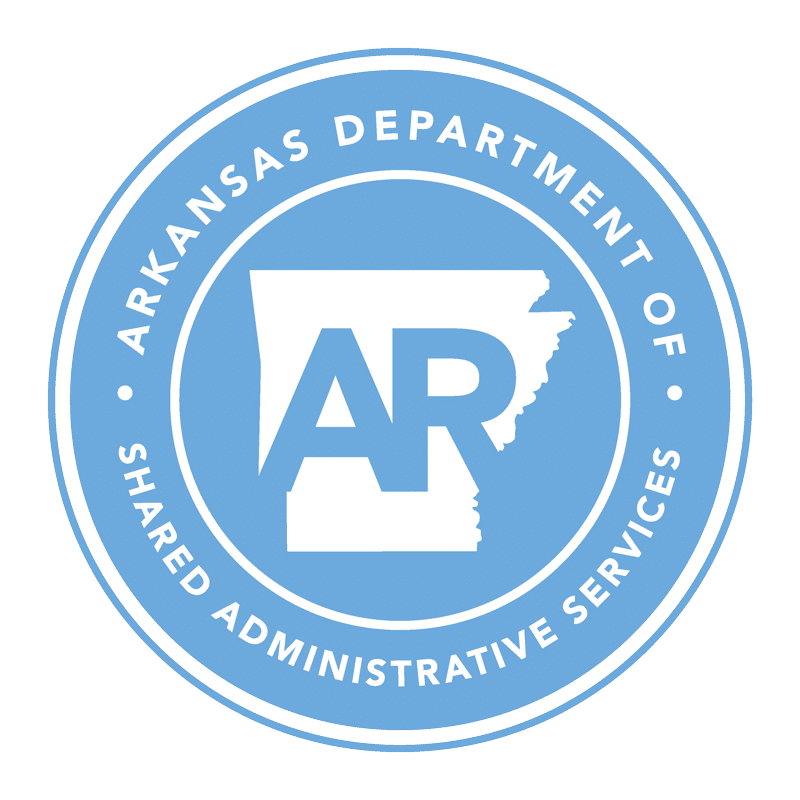Arkansas Road Centerline History
This chronological list documents important historical factors leading to the completion of the Arkansas Road Centerline File.
Mid-1980s –The U.S. Census Bureau develops a vector file format called Topologically Integrated Geographic Encoding and Referencing (TIGER), which could be used to spatially represent Census information.
1985 – Arkansas Legislature adopts the Arkansas Public Safety Communications Act. This creates the necessary legal structure to establish and fund E9-1-1 systems. The law includes mapping as an allowable cost for E9-1-1.
Late 1980s – Faulkner, Pulaski, Saline, and Washington Counties begin providing E9-1-1 service using digital road maps.
1990 – The first TIGER files are released and provide the first nationwide street centerline coverage of the United States, Puerto Rico, and the Island areas.
Early 1990s – The TIGER file spawns the use of a GIS technique known as “geocoding,” which allows a user to locate an address by interpolating the address to the matching road segment.
Early to Mid-1990s – Counties across Arkansas begin implementing E9-1-1 systems. Some counties develop digital centerline maps to support addressing. GIS users begin seeing the benefit of the geocoding technique to locate emergencies more quickly.
1995 – Arkansas Highway & Transportation Department Mapping Section completes a digital mapping effort, producing a county series of digital graphics. The maps produced from aerial photography have extraordinary accuracy but lack county road names.
1996 – MapQuest introduces the first popular Internet Address Matching and Routing Service that uses a commercial road centerline map. The maps are lacking road names in rural areas.
Late 1990s – Wireless telephone usage explodes. This creates a new challenge for locating emergencies from wireless callers.
2001 – Act 1250 of 2001 creates the Arkansas Geographic Information Office. Its primary mission is to coordinate geographic information systems for Arkansas.
2001 – State GIS users identify flaws in the various digital maps. The problem is most maps are not synchronized with the County E9-1-1 maps. The federal government and Internet map providers do not have access to road name changes resulting from County E9-1-1 implementation.
2002 – The Arkansas Centerline File program is created. The program publishes the first few participating counties.
2003 – The Commercial Mobile Radio Service Board, Arkansas’ wireless E9-1-1 authority, provides partial funding to counties to implement wireless E9-1-1 service. Part of the funding is used for mapping.
2005 – Google Maps is launched. This mapping application becomes highly popular on the Web, partially because it allows other people to integrate Google map services into their own Web site.
2005 – Federal Communications Commission issues ruling that 95 percent of a wireless network operator’s in-service phones must be E9-1-1 compliant (i.e., locatable). The ruling necessitates that county dispatch centers must have digital maps to be able to locate wireless E9-1-1 calls.
2005 – The Arkansas Geographic Information Office provides $306,000 in grant funds to 13 counties to create their maps. The source of funding is General Improvement funds through Act 1800 of 2005.
2006 – The Arkansas Geographic Information Office provides a second round of funding to counties through Act 1800 of 2005. The second round includes $352,000 to 15 additional counties to create their maps.
2007 – Calhoun, Cleveland, Desha, Izard and Newton counties in Arkansas remain unmapped. Cleveland and Desha have 9-1-1 service and have completed physical addressing. Calhoun, Izard and Newton do not have 9-1-1 service and mail is still delivered by Rural Route or Box.
2008 – The Arkansas Geographic Information Offices awards a contract to the Schneider Corporation to complete centerline mapping in Calhoun, Cleveland, Desha, and Izard counties. The project cost is just over $72,000 for the mapping. Calhoun and Izard county officials begin the physical addressing process using a combination of funds from the state, local and grant sources. They are building the foundation to implement E9-1-1.
2009 – A following contract is awarded to the Schneider Corporation to work on additional data resulting from field work completed by Cleveland County officials.
2009 – The Arkansas Geographic Information Offices enters an interagency agreement with Newton County to complete centerline mapping and addressing. The project cost is just over $77,000.
2009 – AGIO enters an interagency agreement with Madison County to improve the accuracy of their map. The project is $4,000.
2010 – Statewide coverage is complete. Counties maintain updates to the maps and send the data to the state where it is shared and used. The counties uphold a continual maintenance cycle.

